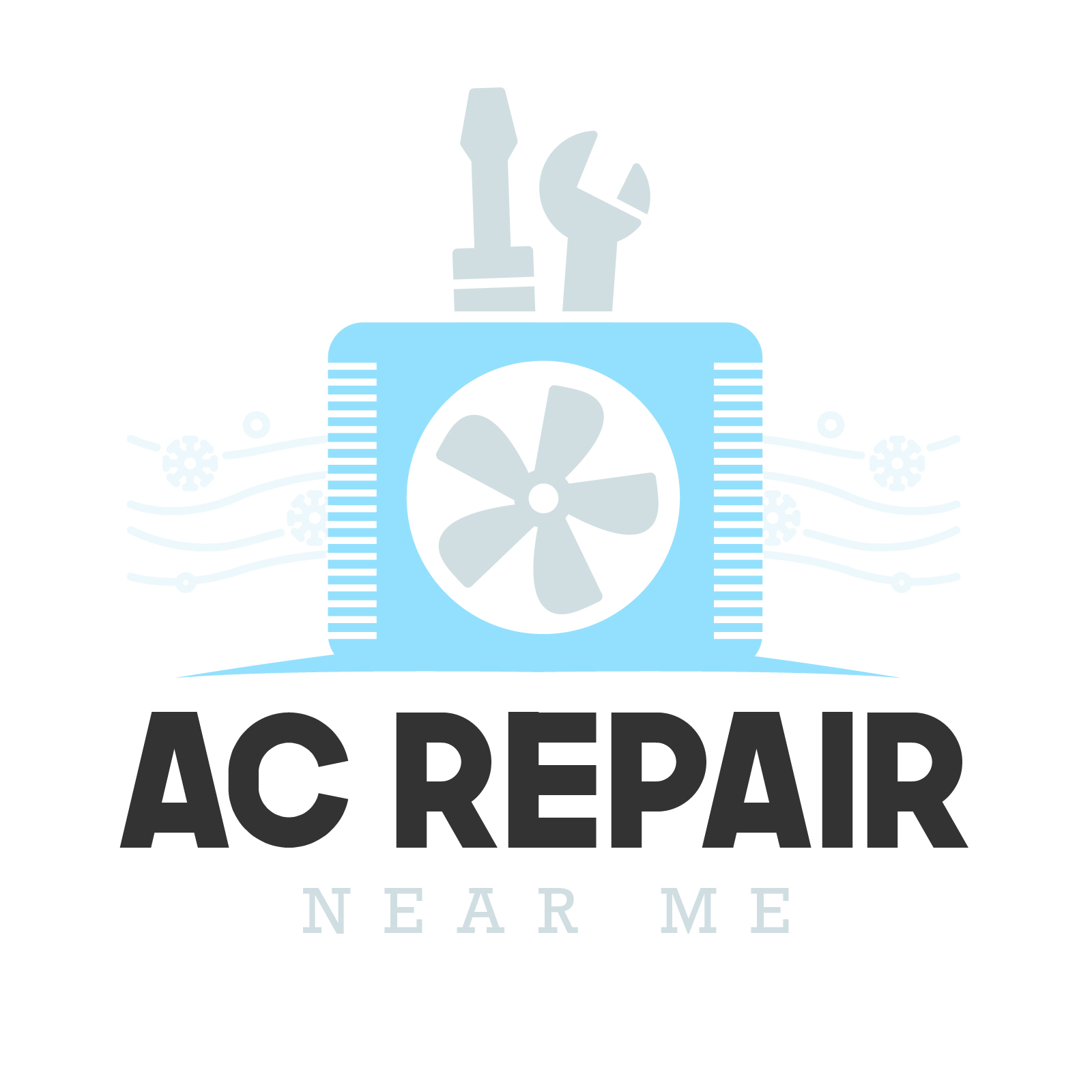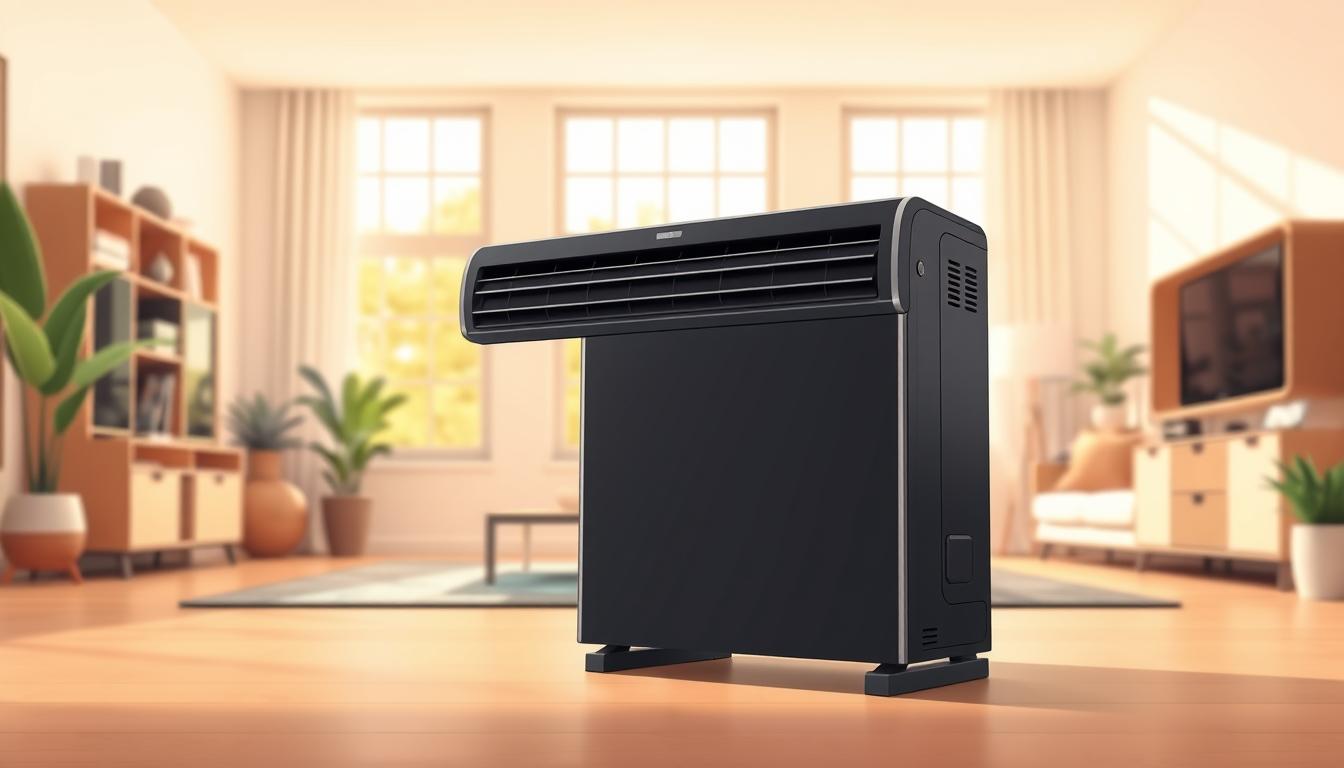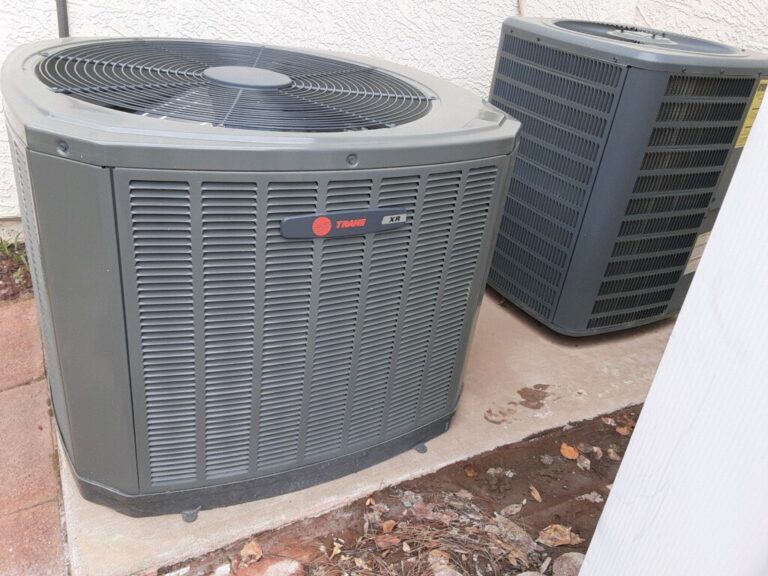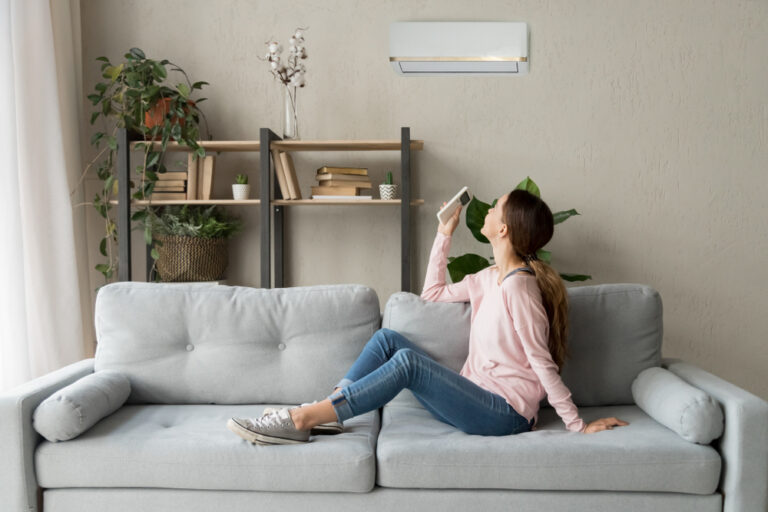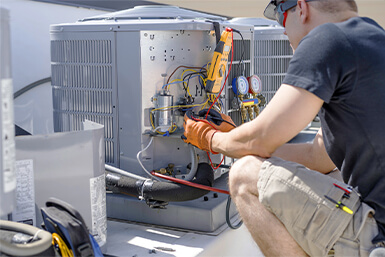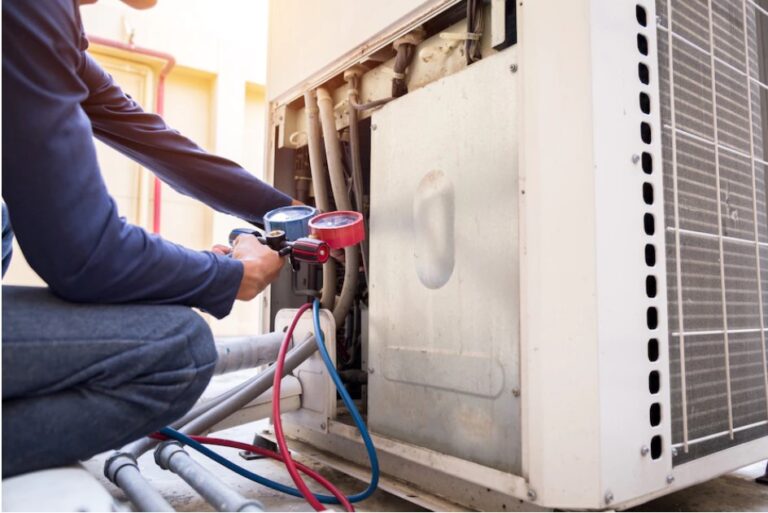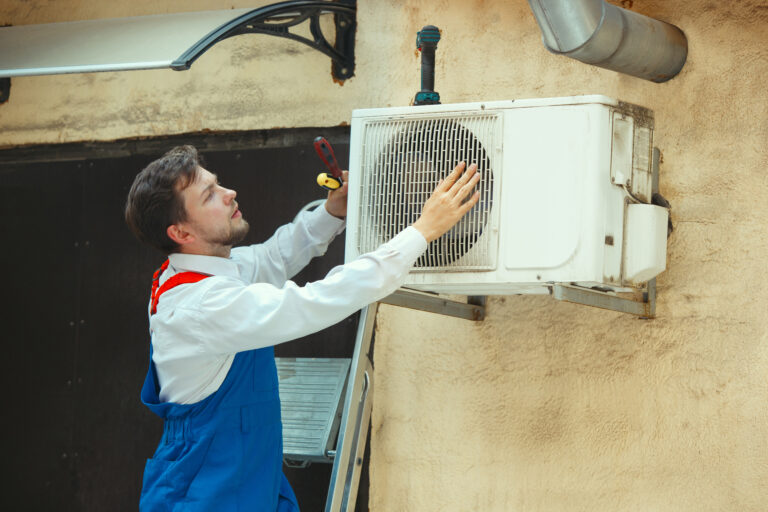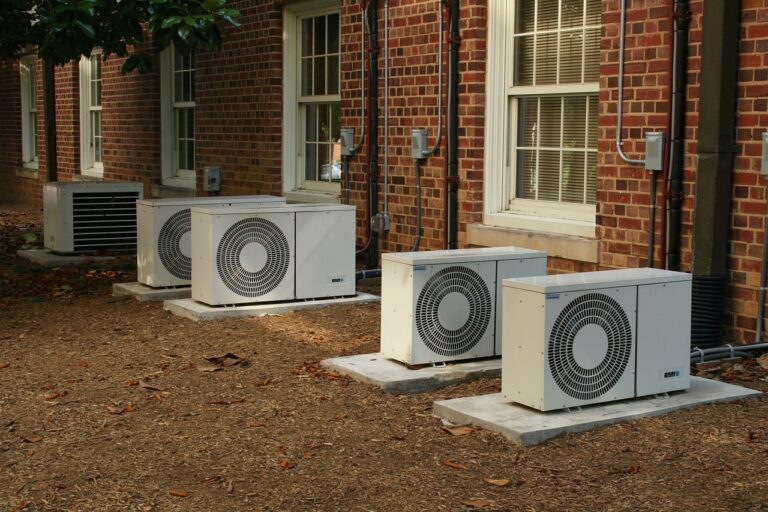The Best Time of Year to Buy a New AC Unit (And Save Money)
When the heat and humidity arrive, it’s natural to consider buying a new air conditioner. However, summer isn’t the optimal time for such a purchase. In fact, buying a cooling system during the off-season can lead to significant savings.
Purchasing an air conditioning unit in the fall or spring can reduce costs and wait times compared to buying in peak summer or winter seasons. This strategic timing can result in discounts of 10-15% off regular prices, along with other benefits like shorter installation wait times.
Understanding the dynamics of supply and demand in the HVAC industry is key to making a savvy purchase. By leveraging this knowledge, homeowners can save money and enjoy better service options.
Key Takeaways
- Buying a new air conditioning system during the off-season can lead to significant savings.
- Strategic timing can result in discounts of 10-15% off regular prices.
- Fall and spring are considered the optimal seasons for purchasing and installing new air conditioning units.
- Understanding supply and demand in the HVAC industry can help homeowners make informed decisions.
- Various financial incentives are available during off-peak seasons, including manufacturer rebates and utility company incentives.
The Best Time to Buy a New AC: Fall and Spring
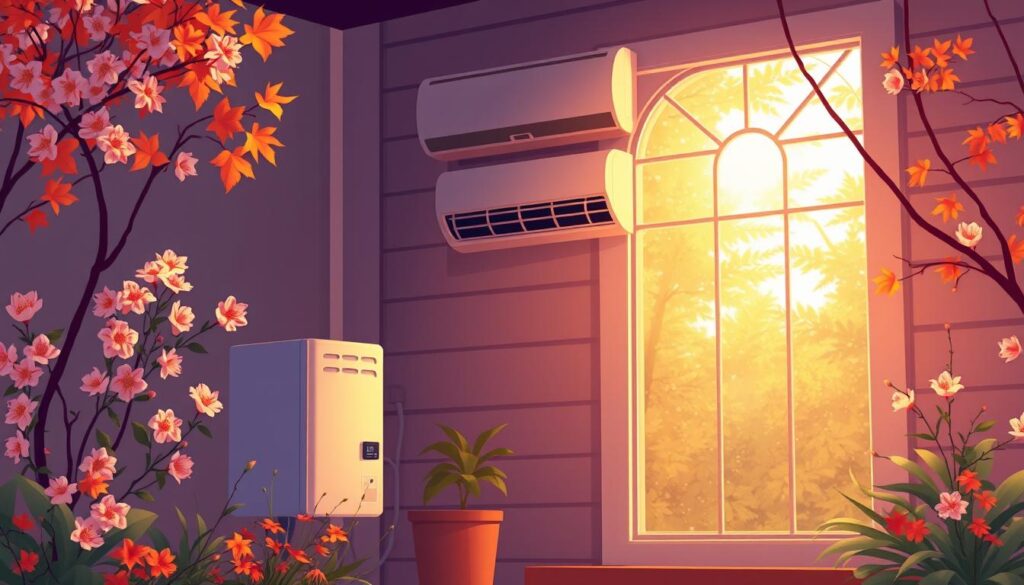
When it comes to purchasing a new air conditioning unit, timing is everything. The best time to buy a new AC can significantly impact your savings and the overall experience. In regions like Arizona, where the summers are sweltering, the strain on your air conditioning system is immense. Therefore, identifying the ideal period to replace or upgrade your AC is crucial.
Why Early Fall is Ideal
Early fall, typically around September or October, is considered an ideal time to purchase a new air conditioner. During this period, HVAC companies transition from their busy summer season to a slower period, potentially offering better deals and more flexible installation schedules. By early fall, your current AC system has just completed its hardest working period, making it easier to assess whether a replacement is necessary based on its summer performance.
Moreover, the moderate temperatures during fall create ideal working conditions for technicians, potentially resulting in more thorough and careful installations. This season allows homeowners to avoid the last-minute rush and premium pricing associated with peak summer months.
The Advantages of Mid-Spring Purchases
Another excellent window for AC purchases is mid-spring, around March or April. During this time, companies are preparing for the upcoming summer rush but haven’t yet reached their peak season. This period allows for a more relaxed installation process and potentially better pricing due to less demand compared to the summer months.
Spring purchases ensure that your new air conditioning system is installed and optimized before the intense summer heat arrives. This proactive approach prevents emergency replacements during peak temperatures, ensuring your home remains comfortable throughout the summer.
Why to Avoid Summer and Winter Installations
While it might be tempting to install a new AC unit during summer when it’s most needed, this is actually one of the worst times to do so. Higher demand leads to premium pricing, longer wait times, and the inconvenience of being without cooling during the hottest months. Similarly, winter installations, although less problematic in terms of immediate comfort, still face higher demand for HVAC services due to heating system repairs and replacements.
For more insights on the best times for AC repair and maintenance, you can visit this resource, which provides valuable information on optimizing your AC system’s performance throughout the year.
Financial Benefits of Off-Season AC Purchases
Timing is everything when it comes to buying an air conditioner, with off-season purchases offering the best value. When you buy during the off-season, you can reap significant financial benefits that can make a big difference in your wallet.
Average Cost Savings
Purchasing an air conditioner during the off-season can yield savings of about 10-15% compared to peak season prices. According to Michael Brief, director of retail sales at Friedrich, “And there may be even higher savings on air conditioners that are being discontinued or phased out to make way for models that utilize new refrigerants or meet new, stricter energy-efficient models.” This can translate to potential savings of $1,000 or more on installation costs.
Seasonal Discounts and Promotions
Manufacturers and retailers often offer special promotions, rebates, and discounts during slower seasons to maintain sales volume and clear inventory. These discounts can be substantial, making it an ideal time to purchase a new air conditioning unit.
Tax Credits and Utility Rebates
Many utility companies provide rebates for energy-efficient air conditioning systems, which can be combined with seasonal discounts for maximum savings. Additionally, federal, state, and local tax credits are frequently available for high-efficiency HVAC systems, reducing the overall cost of upgrading to newer technology.
Financing Options and Cash Discounts
Financing terms are often more favorable during off-peak seasons, with some companies offering special interest rates or extended payment plans. Cash purchases during slow seasons may also qualify for additional discounts as companies value immediate payment during periods of lower revenue.
| Benefit | Description | Potential Savings |
|---|---|---|
| Average Cost Savings | 10-15% off peak season prices | $1,000 or more |
| Seasonal Discounts | Special promotions and rebates | Substantial discounts |
| Tax Credits and Rebates | Utility rebates and tax credits | Maximum savings |
| Financing Options | Favorable financing terms | Special interest rates |
By taking advantage of these financial benefits, you can enjoy a more efficient cooling system while saving money on your utility bills. So, plan ahead and make your air conditioner purchase during the off-season to reap the rewards.
Additional Advantages Beyond Price
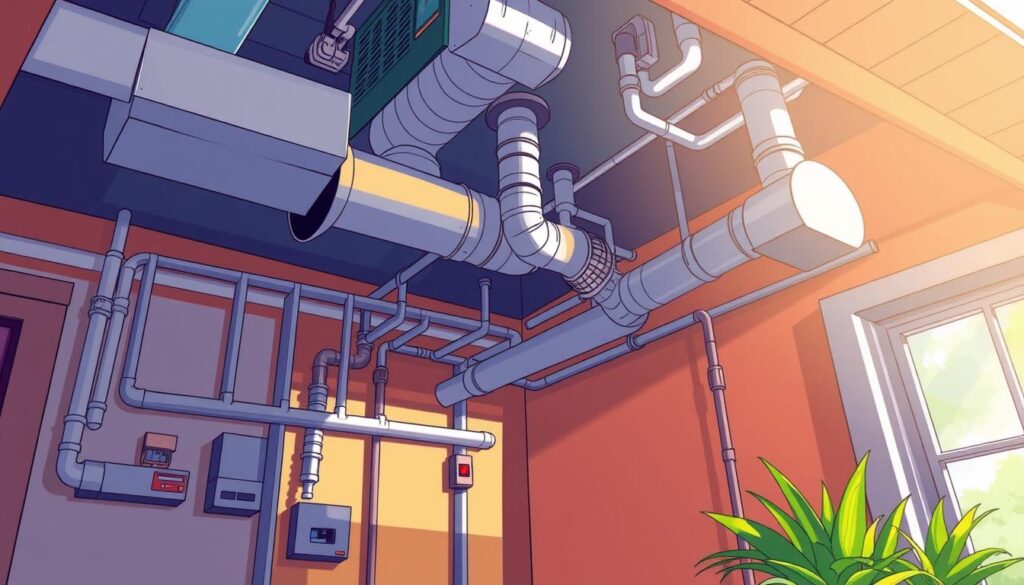
Beyond the financial benefits, purchasing an air conditioning unit during the off-season offers several additional advantages that can significantly enhance your buying experience.
Shorter Installation Wait Times
During the off-peak seasons, HVAC installation wait times can be dramatically reduced from weeks to just days. This allows for more convenient scheduling and minimal disruption to your daily routine. Technicians typically have more flexible schedules, enabling them to spend additional time ensuring optimal system installation and setup.
Better Selection and Availability
Purchasing during slower periods provides homeowners with a greater selection of models and options as inventory is fully stocked and not depleted by emergency replacements. This ensures that you can choose the best air conditioning system for your needs.
More Time for Research and Comparison
The additional time available for research and comparison during off-peak seasons allows for more informed decision-making rather than rushed emergency purchases. You can thoroughly evaluate different brands, efficiency ratings, and features without the pressure of an immediate replacement need.
Preparedness for Extreme Weather
Installing a new system before extreme weather arrives ensures your home is prepared for temperature extremes with a reliable, efficient cooling solution. This proactive approach minimizes the risk of breakdowns during critical periods.
| Benefits | Peak Season | Off-Season |
|---|---|---|
| Installation Wait Times | Weeks | Days |
| Technician Availability | Limited | Flexible |
| System Selection | Limited | Greater Selection |
By choosing to purchase an air conditioning unit during the off-season, you not only benefit from shorter installation wait times and better selection but also gain more time for research and comparison. This leads to a more satisfying purchase experience and better service from HVAC professionals.
Types of AC Systems to Consider
When considering a new air conditioning system, it’s essential to explore the various types available to determine the best fit for your home. Different systems offer unique benefits and drawbacks, and understanding these differences is crucial for making an informed decision.
Central Air Conditioning Systems
Central air conditioning systems are the most common whole-home cooling solution, utilizing ductwork to distribute cooled air throughout the house. These systems are ideal for homes with existing ductwork, providing comprehensive cooling. However, they typically require the most extensive installation process, making off-season scheduling advantageous for minimal disruption.
Key Benefits: Comprehensive cooling, ideal for homes with existing ductwork.
Ductless Mini-Split Systems
Ductless mini-split systems offer flexible zone-based cooling without requiring existing ductwork. They are ideal for home additions or areas difficult to connect to central systems. These systems combine an outdoor compressor with one or more indoor air-handling units, allowing for customized temperature control in different rooms or zones.
Perfect for: Home additions, zone-based cooling, and areas without ductwork.
Window Units and Portable Options
Window units and portable air conditioners provide budget-friendly cooling solutions for single rooms or small spaces, with minimal installation requirements. They can supplement central systems or provide cooling in homes where central air installation isn’t feasible.
Advantages: Budget-friendly, easy to install, and suitable for single rooms or small spaces.
Evaporative (Swamp) Coolers
Evaporative coolers, also known as swamp coolers, offer an energy-efficient alternative in dry climates. They use water evaporation rather than refrigerant to cool incoming air, making them ideal for regions like Arizona.
Ideal for: Dry climates, energy-efficient cooling.
| AC System Type | Installation Complexity | Energy Efficiency | Initial Cost |
|---|---|---|---|
| Central Air Conditioning | High | Medium | High |
| Ductless Mini-Split | Medium | High | Medium |
| Window Units/Portable | Low | Low | Low |
| Evaporative (Swamp) Coolers | Medium | High | Medium |
Smart Strategies for Your AC Purchase
Purchasing a new air conditioning system can be a daunting task, but with the right approach, homeowners can achieve significant benefits. To make the most of your investment, it’s crucial to consider several key factors beyond the initial purchase price.
Start by planning ahead; replacing your air conditioner before it fails completely allows you time to research and make a purchase during optimal pricing periods. Request multiple quotes from reputable HVAC companies, and don’t hesitate to ask about off-season discounts and upcoming promotions.
Consider the long-term value of your air conditioning system. While higher-efficiency models may cost more upfront, they can deliver significant savings on utility bills over time. Investigate available financial incentives, including manufacturer rebates and tax credits for energy-efficient systems. Regular maintenance is also key; ask about maintenance agreements that can extend the system’s life and maintain its efficiency.
By taking a strategic approach to your air conditioner purchase, you can enjoy a cooler, more comfortable home while minimizing your expenses. Make an informed decision by evaluating the total cost of ownership and considering your home’s specific cooling needs.
